**Update: get the latest list of top universities in South Africa here, based on the 2015 edition of the QS University Rankings: BRICS.**
Known as the “Rainbow Nation” due to its incredible multiculturalism, South Africa has recovered well from its troubled past, developing into an exciting country with modern cities, an international outlook, and a well developed higher education system.
Since 2010 South Africa has been included in the five fast-growing economies that compose the BRICS group (alongside Brazil, Russia, India and China). Its economic development, combined with political changes, make it a fascinating place to study for anyone interested in emerging countries, development or international politics. It’s also likely to be an attractive study destination for linguists (there are eleven official languages, and many more in use), and lovers of the great outdoors (this is one of the world’s most biodiverse regions, boasting natural attractions on a huge scale).
The newly launched QS University Rankings: BRICS, which highlights the top 100 institutions in the five BRICS countries (Brazil, Russia, India, China and South Africa) features eight South African entries.
Compared to the other four BRICS countries, the South African higher education system boasts a strong research culture, getting some of the highest scores for research citations per paper. Universities in South Africa also rate well for internationalization, having been relatively successful in attracting academics and students from around the world. Read on for a closer look at the top universities in South Africa.
University of Cape Town
The highest ranked South African entry in the new QS University Rankings: BRICS is the University of Cape Town (UCT), ranked 11th among BRICS institutions. UCT is South Africa’s oldest university, founded in 1829. It has a picturesque campus in the Western Cape Province, on the slopes of Table Mountain’s Devil’s Peak. As a public research university, the University of Cape Town boasts five Nobel Laureates among its alumni, and was host to the hospital where the world’s first heart transplant took place.
In the BRICS ranking, UCT performs well in many of the eight indicators used for assessment. It’s rated 10th among the BRICS universities in QS’s global survey of academics, and also scores especially well for international faculty international students. Its strongest area, however, is citations per research paper, with only Russia’s National Research Nuclear University coming out ahead on this indicator – a sign that UCT’s research is having a significant impact in the international academic community. As is the general trend for universities in South Africa, weaker points are ratio of PhD-qualified staff and faculty-to-student ratio.
Stellenbosch University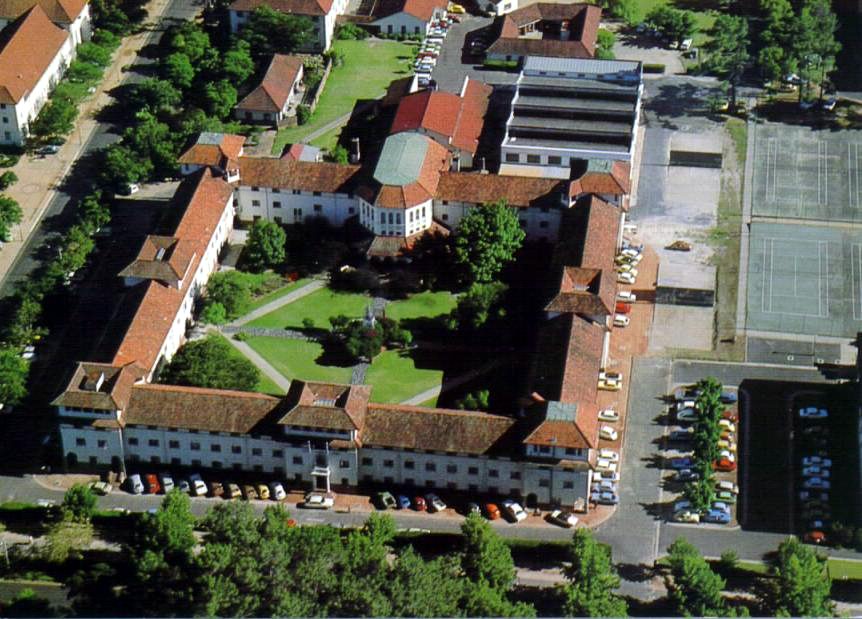
The next South African entry in the BRICS ranking is Stellenbosch University, a public research university in Stellenbosch, nicknamed the ‘City of Oaks’ for the large number of oak trees planted by its founder in 1679. Stellenbosch is South Africa’s second-oldest town, and its university also has a rich history, dating back to 1863. As well as its main campus in Stellenbosch, the university also has facilities in Tygerberg (in the northern suburbs of Cape Town), Bellville Park (on the eastern outskirts of Cape Town) and Saldanha (a bay area north of Cape Town). Stellenbosch University’s prestigious Department of Electrical and Electronic Engineering is joined by departments in Commerce, Science, Arts and the Military.
Stellenbosch University places 30th overall in the QS University Rankings: BRICS. It has a strong reputation among both academics and employers, but like UCT gets its highest score for research citations (11th among BRICS universities). Again, like most of the top universities in South Africa, Stellenbosch University also scores well for international diversity of staff and students, and rates fairly well for research paper publication frequency.
University of the Witwatersrand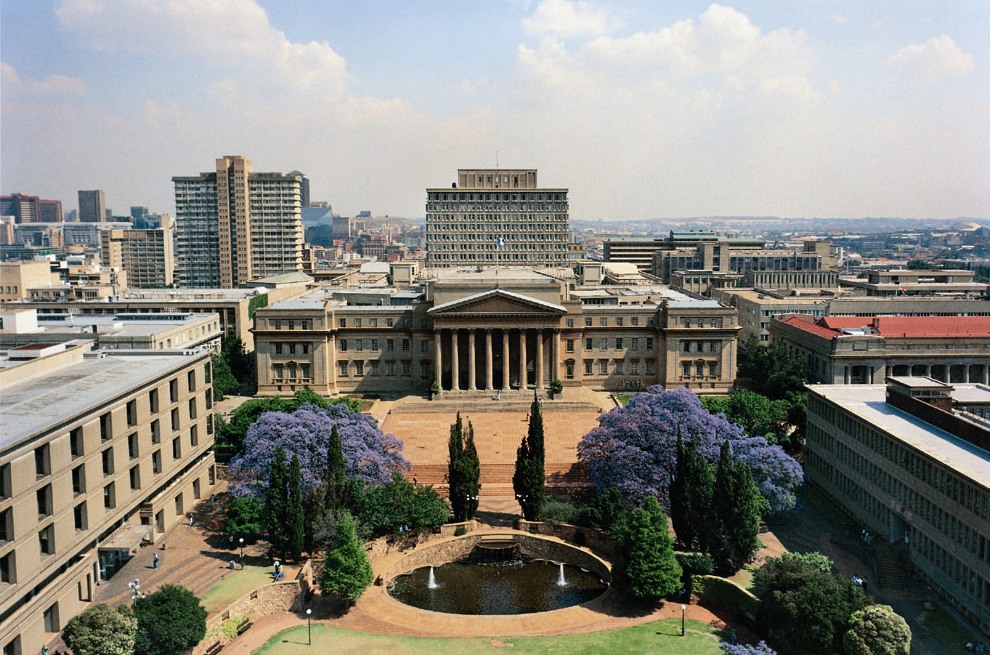
Another multi-campus university, the University of the Witwatersrand is situated in the northern and central areas of Johannesburg – the wealthiest province of South Africa, and one of the 50 largest metropolitan areas in the world. Commonly known as ‘Wits University’, it is the third oldest South African university in operation, and the third highest South African entry in the QS University Rankings: BRICS, just one position behind Stellenbosch University at 31.
Wits University is divided into five campuses – two urban and three suburban – which accommodate nearly 28,000 students and 3,200 faculty members. It ranks extremely well for the international diversity of its academic, ranked 5th among BRICS universities on this measure. It’s also 5th for research citations, and gets strong scores for academic and employer reputation, and international students. As for other top universities in South Africa, relatively weaker areas are faculty-to-student ratio and percentage of staff educated to PhD level.
University of Pretoria
Established in 1908, the University of Pretoria is again a multi-campus university and one of South Africa’s largest, offering academic programs taught in both English and Afrikaans. With its main campus in Pretoria, the administrative and de facto capital of South Africa, the University of Pretoria ranks 43= in the BRICS ranking, and with more than 45,000 students is the only South African entry in the ‘XL’ category (extra large).
The university boasts South Africa’s only veterinary school, which is the second oldest veterinary school in Africa. Its nine faculties also cover education, economic and management Sciences, engineering, health Sciences, humanities, law and theology, and business at the Gordon Institute of Business Science. It has a notably large collection of art and museums, along with more than 100 student clubs and organizations.
Following the general national trend, the University of Pretoria is highly rated by both academics and employers, and scores well for its international diversity and research impact. Its lowest scores are again for faculty-to-student ratio and employment of highly qualified academic staff.
University of KwaZulu-Natal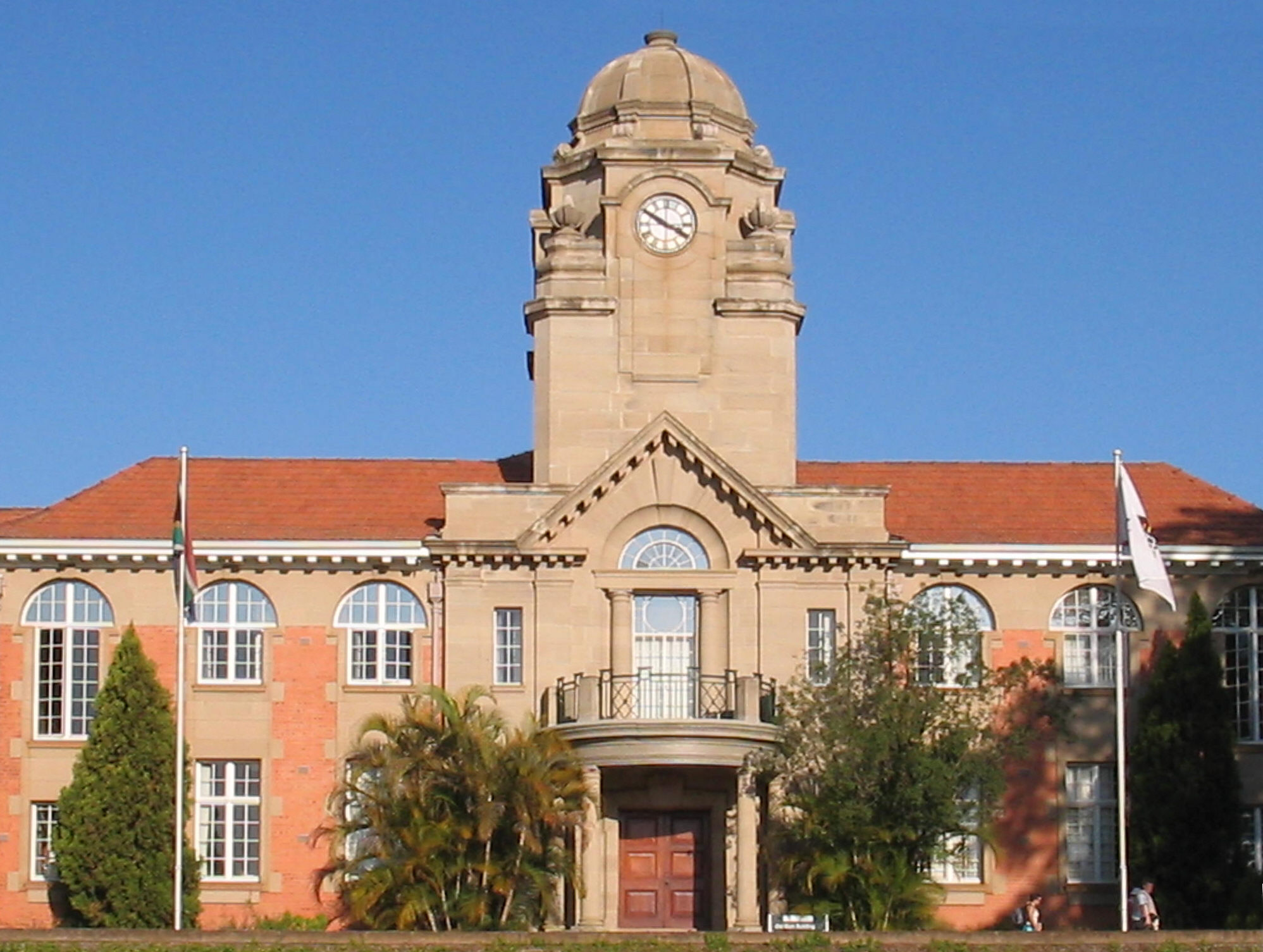
The University of KwaZulu-Natal was created from a merger of the University of Natal and the University of Durban-Westville. Its five campuses are all located in the province of KwaZulu-Natal, which is known as the ‘garden province’ and is home to the Zulu nation. The university is made up of four colleges which are in turn divided into several schools, covering a broad spectrum of subject areas. It has also recently opened the KwaZulu-Natal Research Institute for Tuberculosis and HIV, in cooperation with the Howard Hughes Medical Institute.
The University of KwaZulu-Natal ranks 60th overall in the QS University Rankings: BRICS, but higher in several indicators, including international faculty (3rd), academic reputation (39th), international students (40th) and research citations (46th). Again, faculty-to-student ratio and staff educated to PhD level are weaker points.
University of Johannesburg
Ranked straight after the University of KwaZulu-Natal at 61, the University of Johannesburg is a relatively new university, created as the result of a merger between the Rand Afrikaans University (RAU), the Technikon Witwatersrand (TWR) and the Soweto and East Rand campuses of Vista University in 2005. Due to this merger, the University of Johannesburg is one of the largest comprehensive contact universities in South Africa, with four urban campuses, nine faculties, more than 90 departments and an annual enrolment of almost 50,000 students.
In order to distinguish itself from its previous institutions and establish a reputation as a new, adaptable and progressive institution, the University of Johannesburg forwent creating a coat of arms and motto (customary for universities in South Africa). Instead, it has a logo and brand identity reflective of the ‘coming together’ of its founding institutions and its adaptability: “Rethink Education. Reinvent Yourself.”
Like other top universities in South Africa, the University of Johannesburg scores very well for its intake of both international students and international faculty. It also gets a very favorable rating from graduate employers (46th among BRICS universities), while its reputation with academics is not far behind. While it doesn’t rank as well as other leading institutions in South Africa for research citations, it does outdo them when it comes to faculty-student ratio – though this remains a relatively weak point compared to universities in the other BRICS countries.
Rhodes University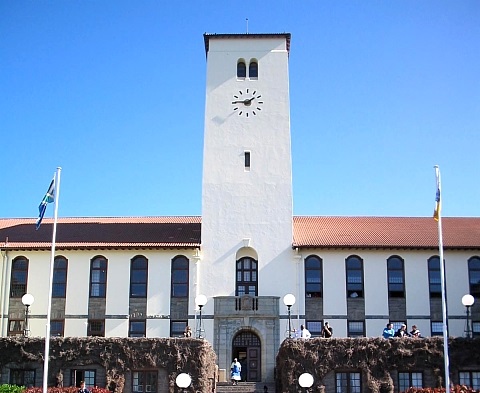
Situated in Grahamstown in the Eastern Cape Province, Rhodes University is the oldest out of the four universities in this province. It is a public research university, with an enrolment of more than7,000 students each year – this relatively small intake means it’s the only South African university classed as ‘small’ in the QS University Rankings: BRICS. Just under half of students live on campus, with opportunities to enjoy the many arts and culture offerings of Grahamstown as well as its two largest annual festivals – the National Arts Festival in January and the popular SciFest Africa in the first term of the academic year.
In the BRICS ranking, Rhodes University places 72nd overall, getting one of the highest scores of any BRICS university for its intake of international students. It also scores very well for research publication output (measured by papers published per faculty member) and has a respectable score for research citations. Like the other top universities in South Africa, it gets a strong rating from both academics and employers, but scores relatively poorly for faculty-student ratio and percentage of staff with a PhD.
University of the Western Cape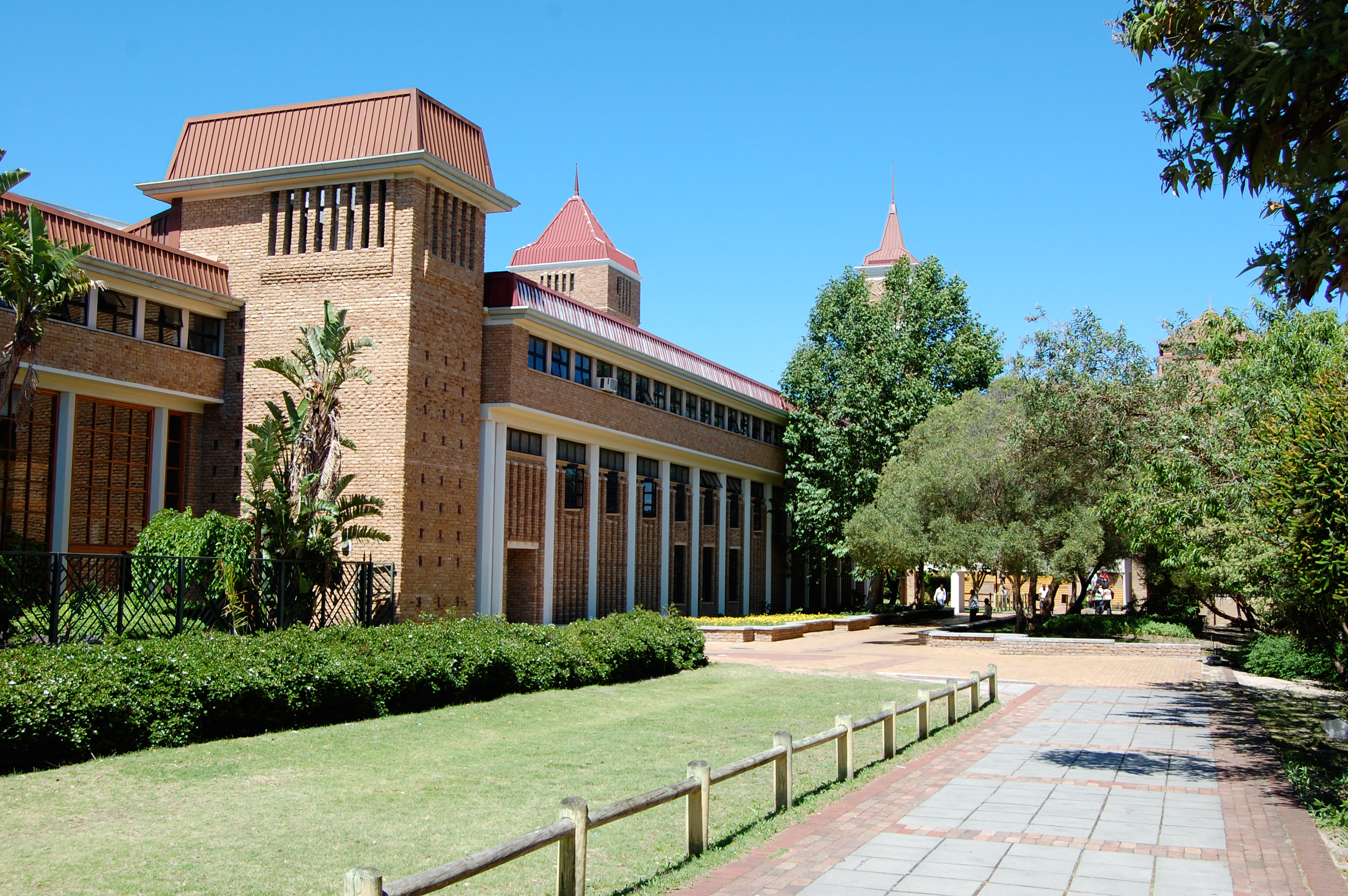
Finally, the University of the Western Cape is located in the Bellville suburb of Cape Town, South Africa’s southern-most city. Established in 1959, the university has always been an integrated and multiracial institution, despite apartheid legislation which ended only in 1994. As such, the university has a history of creatively addressing issues of oppression and discrimination. Its notable alumni include politicians, diplomats, authors and the CEO of the 2010 FIFA World Cup South Africa.
Scoring particularly well in the internationalization and research citations indicators, the University of the Western Cape ranks 88th overall in the QS University Rankings: BRICS. It also fares relatively well for percentage of academic staff qualified to PhD level – a weak point across the board for South African universities – within South Africa, only the University of Cape Town does better – though both are still outside the BRICS top 100 on this measure.
Image credits: Wikimedia Commons





